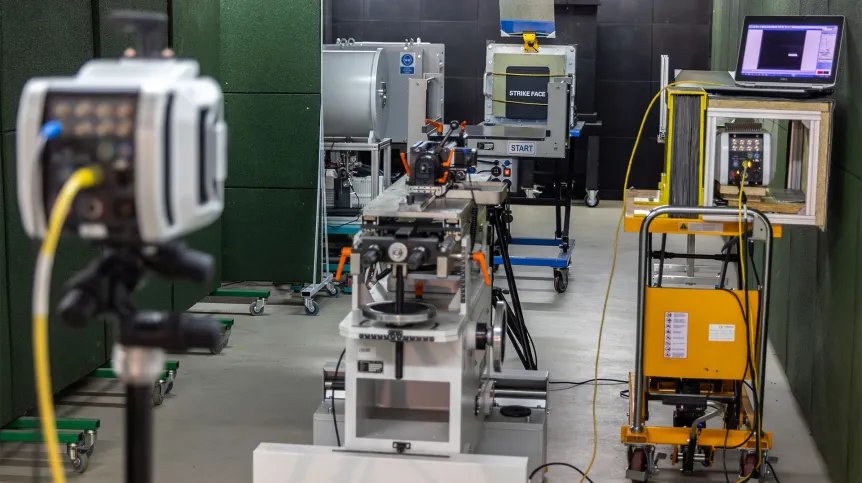
The Military University of Technology and Zakłady Metalowe Mesko S.A. are working in an international consortium on the design of the new cartridge and guidelines for the development of weapons adapted to it. The European armaments project is a new look at the system of weapons and small arms ammunition.
'For over 40 years, the standard ammunition for basic individual small arms in NATO has been the 5.56x45 mm cartridge. A new look at the entire system of weapons and small arms ammunition is necessary because combat operations have changed, for example, due to the mass use of individual ballistic shields, i.e. bulletproof vests', Col. Przemysław Kupidura, PhD, from the Faculty of Mechatronics, Armament and Aviation of the Military University of Technology explains the idea behind the project.
According to the university's spokesperson Ewa Jankiewicz, the SAAT - Small Arm Ammunition Technologies project is developing future technologies for small arms ammunition. Companies and scientific institutions from 9 European countries participate in the research work financed by the European Defence Agency (EDA), and the 4-year project budget is 8.3 million euros.
The research will result in the creation of a new standard cartridge for individual small arms. New ammunition components will be developed, including a powder propellant charge and a shell.
Kupidura emphasises that the project contractors have advanced simulation tools and research stations. The Military University of Technology has experience in developing and implementing the production of small arms ammunition, including a complete set of 7.62x51 mm ammunition or a family of ammunition with limited ricocheting.
'The Institute of Armament Technology at the Faculty of Mechatronics, Armament and Aviation of the Military University of Technology has unique research stations and equipment, primarily in the ballistics laboratory, including a multi-channel pulse X-ray set, high-speed cameras, electro-optical and radar equipment for measuring the velocity of projectiles, and manometric chambers. They allow to conduct research in the field of internal, external and terminal ballistics', the expert explains.
Kupidura adds that the Military University of Technology scientists also participate in other European defence initiatives, including the development of new methods for simulating internal ballistics phenomena in the RECBALL project.
In addition to the project coordinator FN Herstal from Belgium and representatives of Poland, the SAAT consortium members include the following companies: Beretta (Italy), CZUB (Czechia), Eurenco (Belgium and Sweden), Fiocchi Munizioni (Italy), Nammo (Norway and Sweden), Nobel Sport (France), Swiss P Defence (Switzerland), as well as research organisations: Armasuisse (Switzerland), DGA Techniques Terrestres (France), FFI (Norway), FOI (Sweden), RMA (Royal Military Academy of Belgium) and TNO (Netherlands).
PAP - Science in Poland, Karolina Duszczyk (PAP)
kol/ par/













